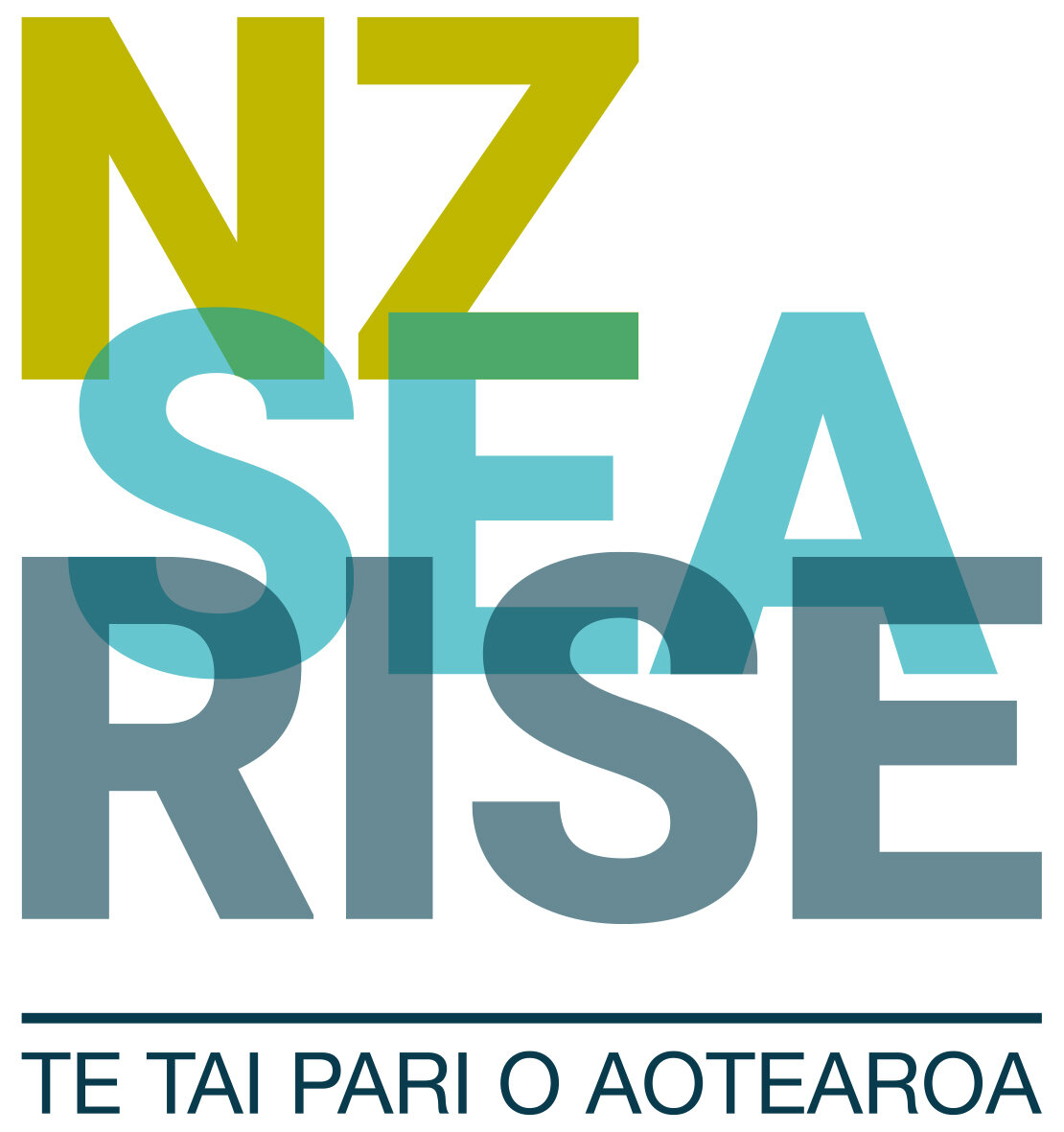A media release from NZ SeaRise: Te Tai Pari O Aotearoa
On 2 May 2022 the NZ SeaRise: Te Tai Pari O Aotearoa programme will release location specific sea-level rise projections out to the year 2300 for every 2 km of the coast of Aotearoa New Zealand. These projections can be accessed through a new online tool at https://www.searise.nz/maps developed by Takiwā, a data management and analytics platform.
For the first time, New Zealanders will be able to see how much and how fast sea-level will rise along ‘their own’ stretch of coast and in their neighbourhood.
Climate change and warming temperatures are causing sea-levels to rise, on average, by 3.5 mm per year. This sea-level rise is caused by thermal expansion of the ocean, by melting land-based glaciers, and by melting of the Greenland and Antarctic ice sheets.
However, local sea-level rise around the coast of Aotearoa is also affected by up and down movements of our land. We are very aware when these vertical land movements occur in large jumps during earthquakes, but less obvious to us all is that smaller shifts occur continuously in between large seismic events.
These small but continuous changes add up, and in areas that are going down (subsiding) the annual rate of sea-level rise can double. We have connected this vertical land movement (VLM) data with climate driven sea-level rise to provide locally-relevant sea-level projections.
“Property owners, councils, infrastructure providers and others need to know how sea-level will change in the coming decades so that they can consider how risks associated with flooding, erosion and rising groundwater will shift,” said Dr Richard Levy, from GNS Science and Te Herenga Waka: Victoria University of Wellington, and co-leader of the NZ SeaRise programme.
“Twenty years ago we thought sea-level rise was like pouring water into a bathtub – if you put more water in, it rises uniformly around the world. But it’s much more complicated,” said Professor Tim Naish from Te Herenga Waka: Victoria University of Wellington, co-leader of the programme.
The NZ SeaRise projections tool will allow users to click on a particular location on the coast and see how much sea-level is expected to rise, and by when, under different climate change scenarios.
“We have estimated future sea-levels for 7,434 sites around our coastline. The largest increases in sea level will occur along the southeast North Island along the Wairarapa Coast. Here, land subsidence rates are high and sea-level could rise by well over one and a half metres by 2100 if we follow the least optimistic climate change scenario,” said Dr Levy.
“In contrast, land is rising near Pikowai in the Bay of Plenty and uplift rates may keep pace with climate change driven sea-level rise, causing a small fall in sea-level if we follow the most optimistic climate scenario.”
Based on current international emissions reduction policies, global sea levels are expected to rise about 0.6 m by 2100. “However for large parts of Aotearoa this will double to about 1.2 m due to ongoing land subsidence,” said Professor Naish. “We have less time to act than we thought.”
“We know that global sea-level rise of 25-30 cm by 2060 is baked in and unavoidable regardless of our future emissions pathway. But what may be a real surprise to people is that for many of our most populated regions, such as Auckland and Wellington, this unavoidable rise is happening faster than we thought. Vertical land movements mean that these changes in sea-level may happen 20 to 30 years sooner than previously expected,” said Dr Levy.
“For many parts of New Zealand’s coast 30 cm of sea-level rise is a threshold for extreme flooding, above which the 100-year coastal storm becomes an annual event.”
Sea-level rise projections for the entire coastline will help us make better decisions about how to adapt to rising seas. The new projections are being incorporated into the next Ministry for the Environment guidance for local government practitioners on coastal hazards and climate change.
“With the release last week of the Government’s draft National Plan on Climate Adaptation, the timing couldn’t be better, as the impacts and risks of sea-level rise are poorly defined for large parts of the coastline,” said Dr Levy
“We hope everyone takes a good look at the mapping tool at https://www.searise.nz/maps but we expect councils and planners will be the primary users. The finance and insurance sector have already been asking for the data – in part driven by the Task Force on Climate Related Financial Disclosures reporting requirements that need to be met by 2024,” said Dr Levy.
Sea-level rise can be kept to a minimum by enacting policies to meet Paris Agreement targets to limit global warming by 2100 to between 1.5 to 2°C.
“The severity with which we will experience sea-level rise, and other impacts of climate change can be lessened if we do all we can to limit warming by reducing emissions now. The sooner we act, the more effective that action will be,” said Professor Naish.
“To be forewarned is to be forearmed, and this new science gives us the time and opportunity to put in place equitable and effective adaptation measures that will limit the impact of unavoidable sea-level rise for the people of Aotearoa.”
NZ SeaRise is a five-year research programme funded by the Ministry for Business, Innovation and Employment Endeavour Fund. It brings together 30 local and international experts from Te Herenga Waka-Victoria University of Wellington, GNS Science, NIWA, University of Otago and the Antarctic Science Platform to improve projections of sea-level rise in Aotearoa New Zealand. The sea-level projection and mapping tool was developed by Takiwā, a Māori-owned data management and analytics platform. An update to the Coastal Hazards Guidance for Local Government on how to use the new projections for planning has been co-produced with the Ministry for the Environment.





